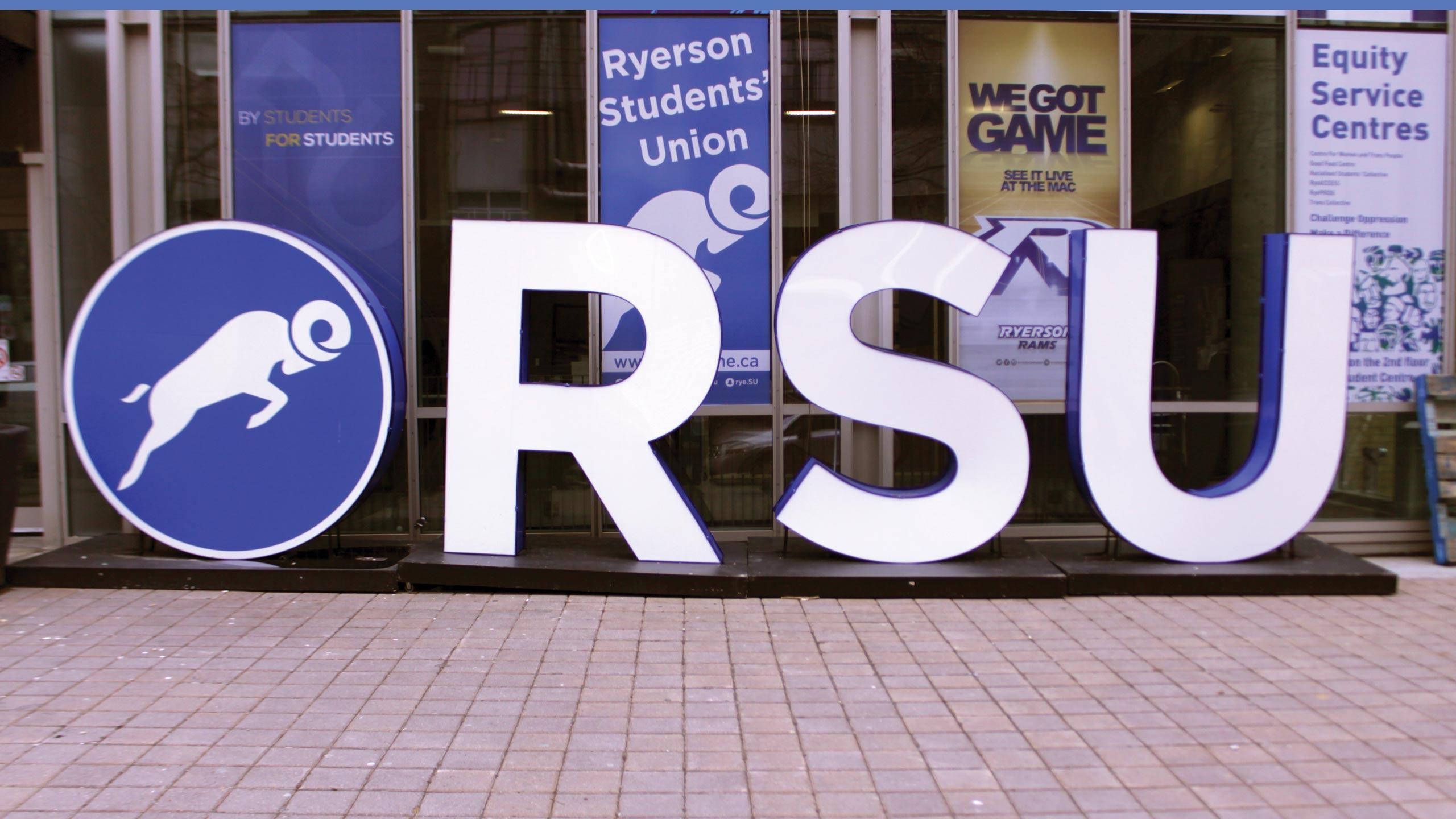By Jacob Dubé
Last week’s resignation of former Ryerson Students’ Union (RSU) vice-president student life & events Lauren Emberson raised questions about how to appoint her successor and the power balance within the executive.
Emberson announced her resignation on Jan. 8, citing professional differences with other members of the RSU and personal reasons. She told The Eyeopener she finalized the planning of the events happening this semester, such as the Winter Week of Welcome, Culture Jam and the Montreal reading week trip, before leaving her position.
RSU president Susanne Nyaga said she has the power to appoint someone to the executive position for the rest of the term, but is concerned about their ability to adapt to the position before the end of the term in April.
“With the executive role, the learning curve is super steep,” Nyaga said. “It took me like three months just to understand everything about the internal workings of the RSU and be comfortable with the policies and the bylaws. My concern is bringing in somebody for four months, by their fourth month they’ll get the hang of it, and it’ll be over.”
Nyaga said whoever is elected next term’s vice-president student life and events in the February RSU elections will have the option to start the position early, and that Emberson said she’s willing to help with the transition.
“[Emberson’s resignation] is really not that detrimental,” Nyaga said. “Of course we’d love to have a bunch more creative events on the table for second semester. This just means we’re going to have to stick with whatever is already on the table that we know we can do well.”
Emberson’s resignation also means that there’s no longer a tiebreaker vote in RSU executive meetings, since there are now only two executives from each slate—Nyaga and vice-president equity Camryn Harlick ran with Elevate, while vice-president education Daniel Lis and vice-president operations Ali Yousaf ran with Spark—which could lead to stalemates on votes about issues the slates disagree on.
Nyaga said that since she also acts as chair in these meetings, she can vote a second time in the event of a tie, according to Robert’s Rules. But she said she “doesn’t want to be that person that’s going over everybody’s head and breaking ties,” and would rather compromise with the other executives and meet in the middle on issues.
“The only times where I’d never meet in the middle is if something is going to be very obviously oppressing a group of students we represent, or if it’s not a smart way to use our resources,” Nyaga said.
In November 2002, RSU (then-known as RyeSAC) vice-president finance and services Sajjad Wasti resigned after publishing a letter that accused RyeSAC management of being “corrupt” and “nepotistic.” Four years later, in March 2006, RSU vice-president finances and services Ram Sivapalan resigned to take another job as a union organizer.











Mark Stewart
Please tell me there is some form of governance oversight at the RSU. In no situation does Roberts, or any reliable rules of order for that matter, give a chairperson a second vote. In fact the requirement is supposed to be that the chairperson only votes to make or break a tie, considering they are supposed to be a neutral facilitator.
In fact, if a motion is a tie between the two slates, assuming votes on party lines, then the motion is defeated, as a successful vote requires over 50%. I would encourage a primer on Roberts to be a part of future executives orientation packages as clearly Ms. Nyaga has not familiarized herself with the document.